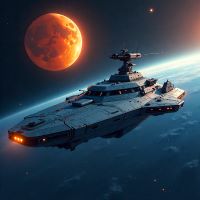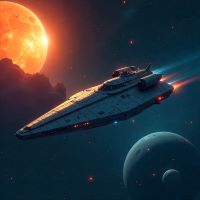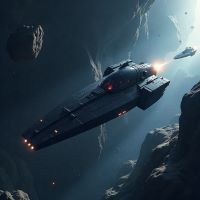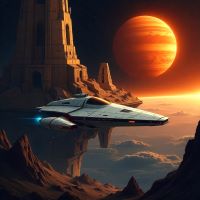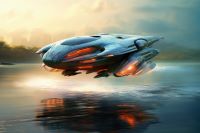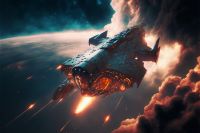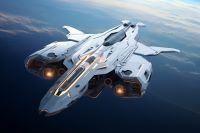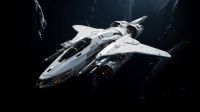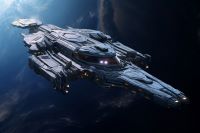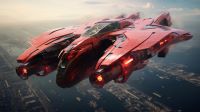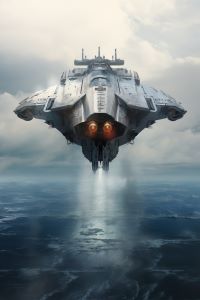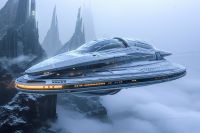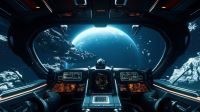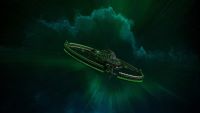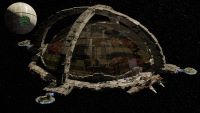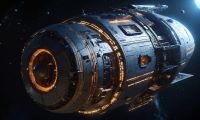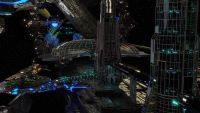Subclasses: Navigator or Cartographer (N/C)
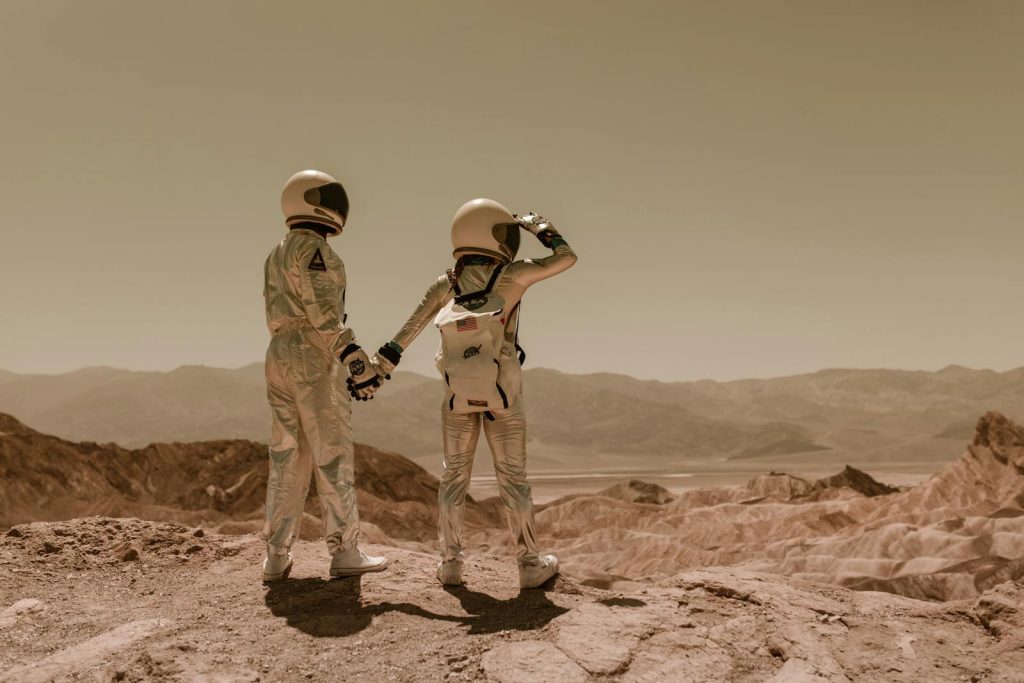
Barren class planet; PRN 60000000000 prior to terraforming.*
Background: With its roots in those first intrepid explorers when FTL travel became affordable and available to civilians, the SC exists to explore, map and carry out First-Contact protocol with new civilizations. Although both subclasses are Pilots they both have defined exploration roles and ideally operate in tandem on any lengthy scouting mission, as were the Millers who set the gold standard for exploration back in the earliest days of the Scouting Confederations inception. Post-service scouts are frequently hired as command pilots on larger Imperial vessels as well as Planetary Defense Networks (PDN) specialists in larger space-based engagements. Both classes start with a specialized suit of armor known as the ‘Scoutsuit’, both with varying abilities that best suit their individual roles. An important secondary Scout function is that of collecting samples of alien flora and fauna (as reflected in their equipment abilities) and this can be a lucrative sideline for those seeking to supplement their base income. Standard Specimen collection sizes: Small; Vole through to small dog size. Medium; small dog through to Human size. Large; Human through to Moose size.
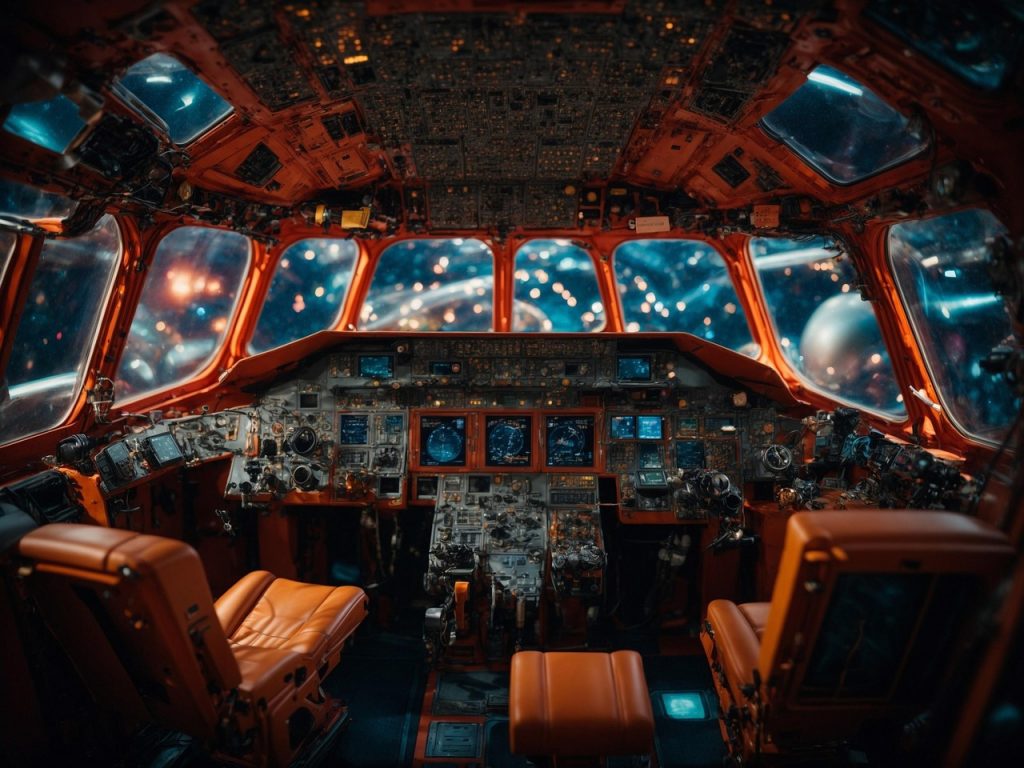
Navigators focus on exploring beyond the furthest reaches and staying alive to return with the data gathered. They specialize in first contact and pre-first contact data collection roles and start with a custom Scouts’ 0.45 pistol (suit scanning linkage grants +2 AR when wearing a Scoutsuit) which they do not have to spend rank points on to acquire; more importantly a weapon which does not usually arouse suspicion. They tend to keep a low profile and have a unique morphing aspect to their suit which allows them to change their physical and biological profile to any vaguely similar bipedal form. Their primary class weapon is a multi-purpose ‘Fleshenet’ rifle which holds three different types of munitions when fully loaded and can be upgraded with further enhancements as your citizen progresses; it is arguably one of the most versatile weapons ever produced. They are trained to avoid in-flight hazards and may modify all Main Encounter Type rolls by or choosing ‘Clear skies’ on the spaceflight encounter table up to the amount of their pilot skill points per journey whenever an event appears that they would rather avoid. Most Navigators prefer to always hold a few of these in reserve in case a Malfunction is rolled, possibly even more if travelling through hostile territory and they would prefer to avoid both Racial and Diplomatic encounters in that sector.
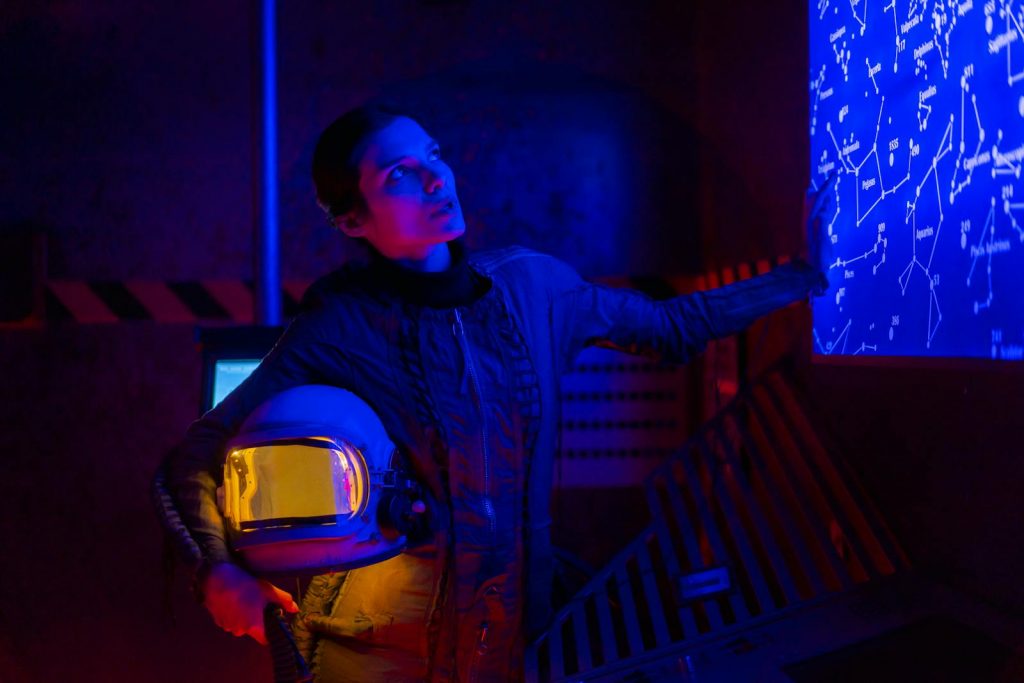
Cartographers focus on mapping the best routes over planetary surfaces as well as through sub/hyperspace for the most efficient journeys and make use of their extensive knowledge of terrain and subspace fields to travel a greater distance each day. This equates to 150% daily ground travel and 150% ships current movement rate rounded down. They are also adept at spotting static scanner anomalies (roll on space debris table when you roll ‘Clear Skies’ up to the amount of your pilot skill points per journey) and archaeological remnants on planets. They start with a custom Scouts Particle Beam Pistol (suit scanning linkage grants +2 AR when wearing a Scoutsuit) which they do not have to spend rank points on to acquire, and have access to the Scouts PBR or ‘Peanut-Butter’ custom particle-beam rifle, so nicknamed due to its unique ‘Spread’ mode of firing. This can be fitted with a unique and proprietary Multi-Life-Form (MiLF) stunner, usually reserved for bag-and-tag missions when data is required on new life forms, and is effective on all but Void, Cthonic, Mech and Silicoid races. Due to the complexity of the MiLF tuning mechanism which is kept highly secret, only scouts are able to use this functionality.
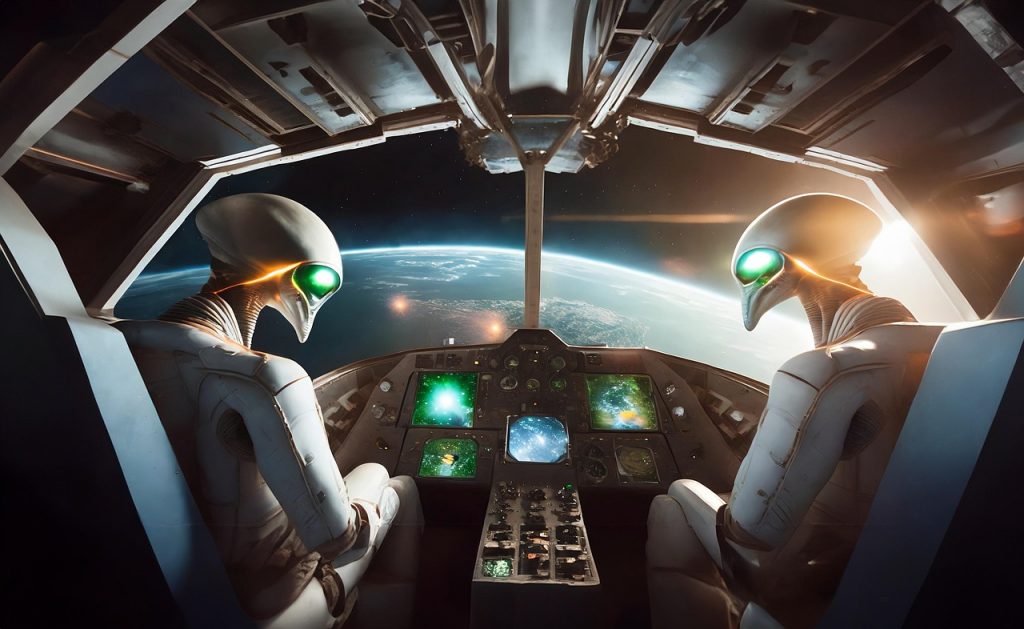
All Scouts have access to the custom Mk1 Scoutship, a sleek tapering arrowhead style starship that starts with two medium lasers as its main longitudinal weaponry and has 2 available turret hardpoints. Two cockpit seats for optimum Navigator/Cartographer functionality, two main crew cabins, 2 submarine-style 8-berth rooms and 1 general purpose communal room for cooking and eating. An Autodoc is standard issue, able to treat most known conditions and if a Doc is in attendance even regrow limbs. Movement rate is initially 3PL per day unladen and rises to 4PLD when fully upgraded, the ship having an initial cargo capacity of 50 Tonnes. Scouts can also fly any Air Vehicle at half their Pilot skill points and at one Master Rank less; the same also applies when operating ship-based (and only ship based) turrets. Both subclasses can obtain an additional SF Custom Laser Pistol which is usable by both classes, unlike the 0.45 and PB. This also confers +2AR and +10’ range while using the weapon when wearing a Scoutsuit.
Red PRN Numbers: PRN numbers that appear in red indicate a hazard specific to that descriptor. Further information should be available by checking system records. More often than not, if the entry is more than a thousand years old a complete report has not been filed, the Scout who discovered the hazard long since passed into history. Under current scouting standards this would be an inconceivable oversight and would incur serious disciplinary action. In the case of the Millers discovery of Thraxis-4, the footage still has hits in the hundreds of millions per day viewing the virtually instant explosion of organisms that resulted from a simple cracked water container near their base as they raced back to their ship and took off just before the ‘Life Tsunami’ overtook them.
Libre Office recommended for the best representation of current formatting

